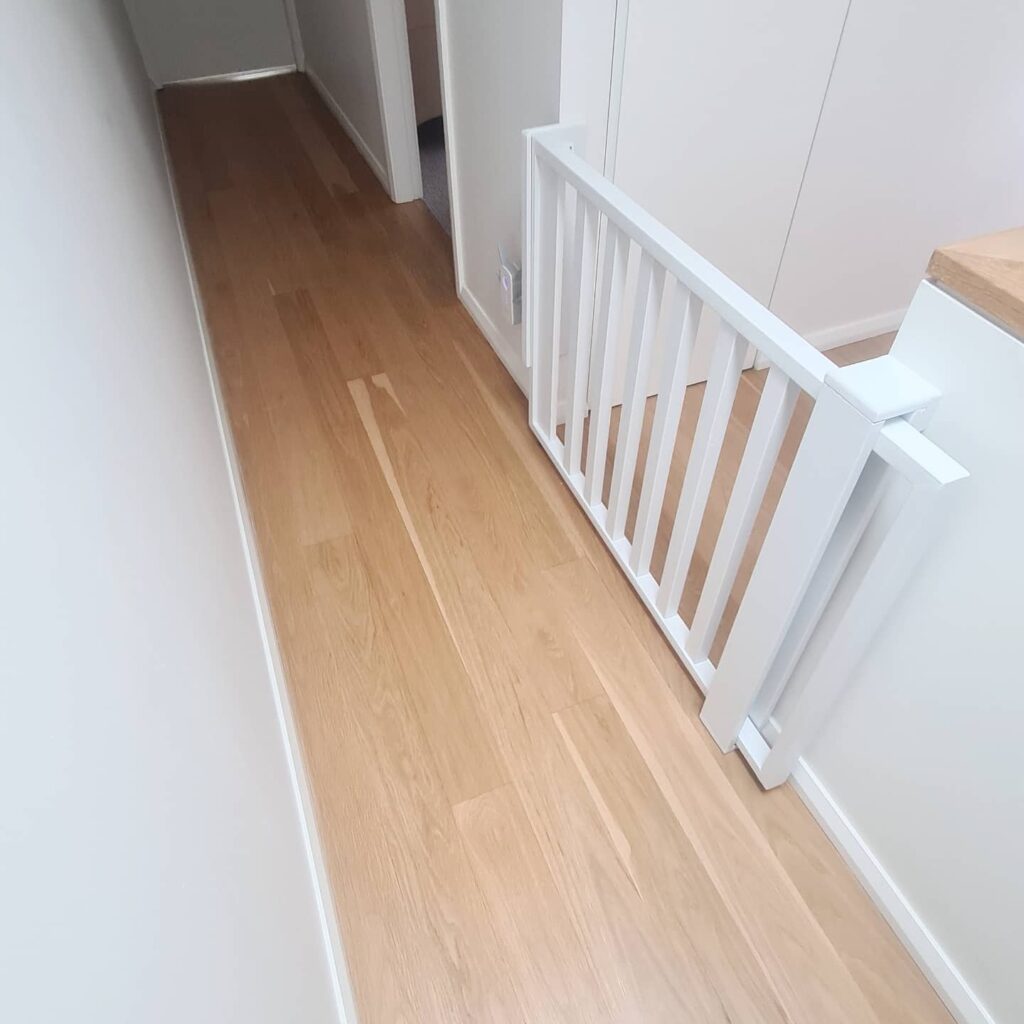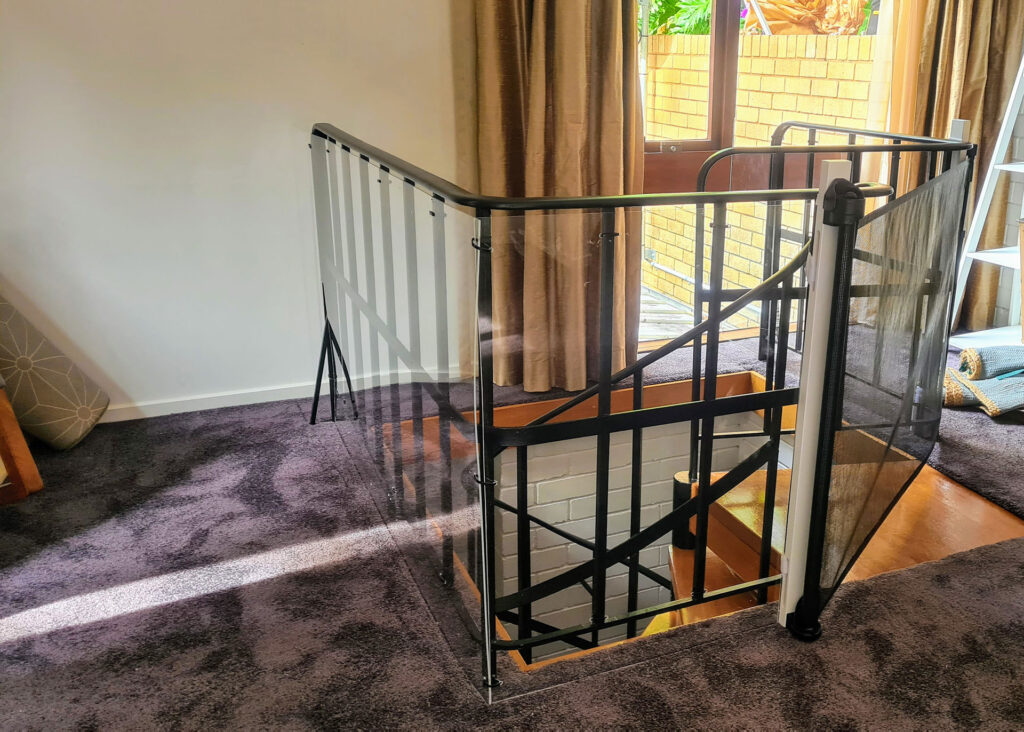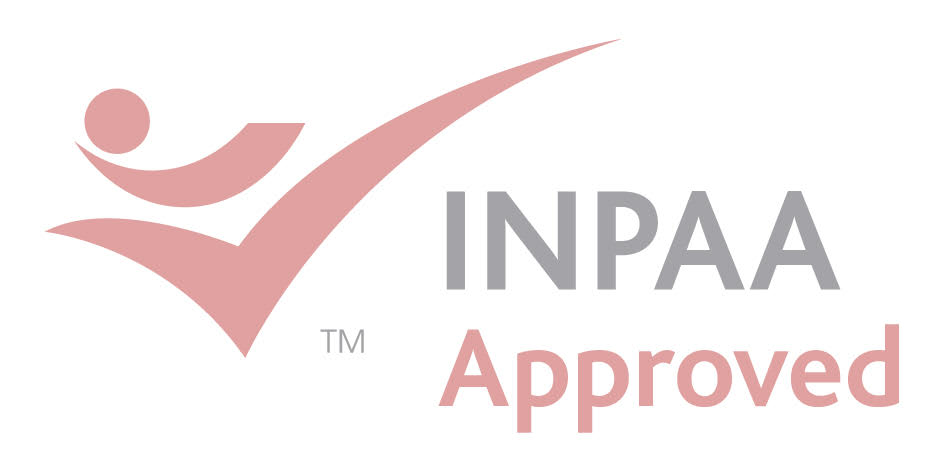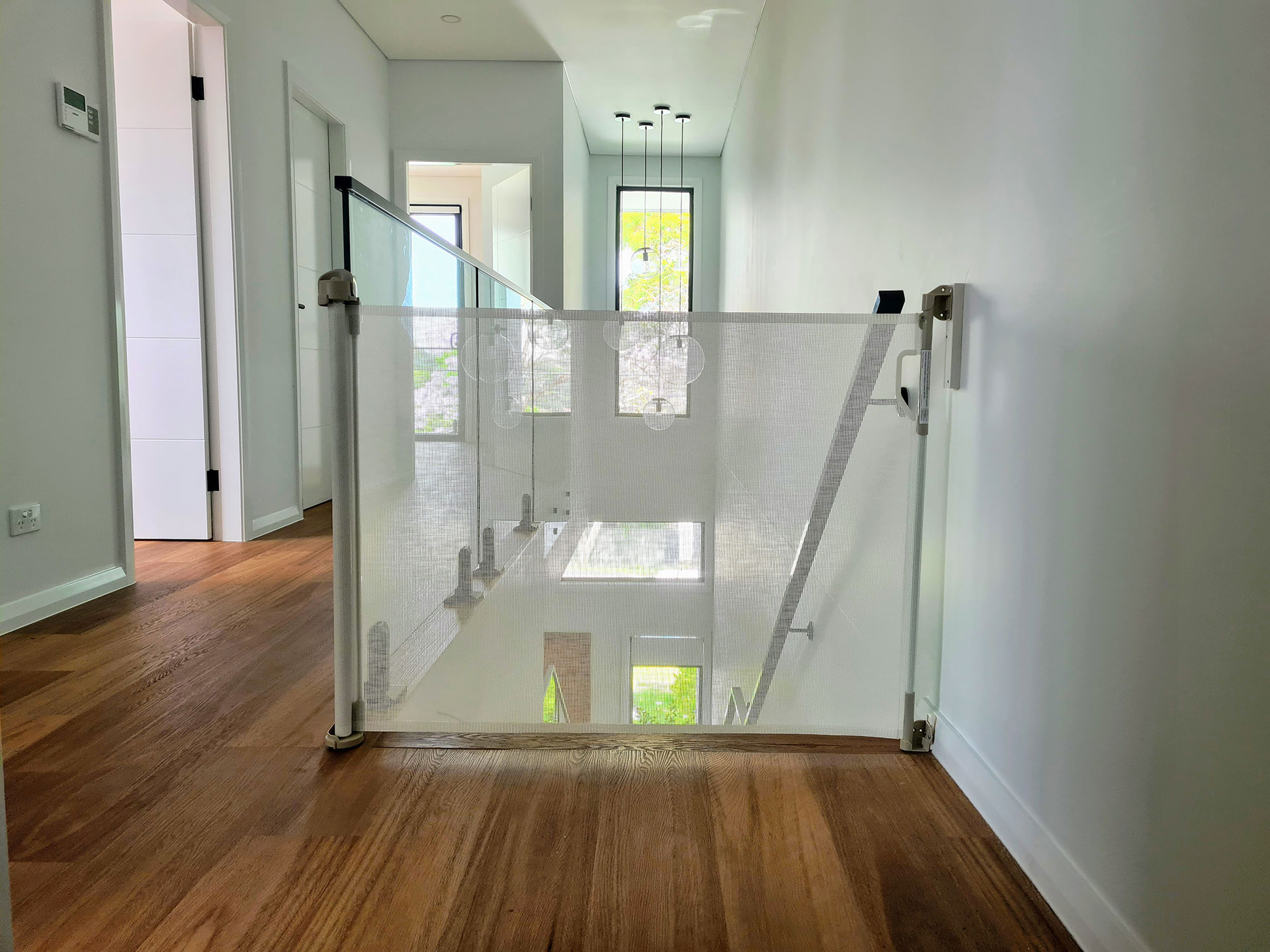Baby Proofing Your Hallways: Creating a Safe Path for Your Child
Hallways are often overlooked when it comes to baby proofing, but they can be areas filled with hidden dangers for young children. From sharp corners and tripping hazards to access to other rooms, your hallway needs to be a safe zone where your child can explore without worry. Properly baby proofing your hallway will help ensure it’s a secure space, while also preventing accidents as your little one learns to navigate the home.
 Why Baby Proofing Hallways is Important
Why Baby Proofing Hallways is Important
As babies grow into toddlers, they start to explore every corner of the home and hallways quickly become the routes that connect them to rooms, stairs, and other potentially dangerous spaces. With its high traffic nature and access to different areas of the house, the hallway requires careful attention to safety. Whether it’s securing sharp corners, blocking off stairways, or removing tripping hazards, baby proofing the hallway is an essential step in creating a child friendly environment.
By making the necessary adjustments to your hallway, you not only protect your child from falls and bumps but also prevent them from wandering into rooms or staircases that could pose serious risks.
Securing Access Points: Blocking Off Dangerous Areas
One of the most crucial parts of baby proofing hallways is preventing access to unsafe areas like staircases, kitchens, or storage rooms. Here are the steps to secure these access points:
- Install Safety Gates at the Top and Bottom of Stairs: Stairs are a significant danger for babies and toddlers. To prevent falls, install safety gates at the top and bottom of stairs, choosing options designed for stairways. It’s best to choose wall mounted gates for the top of the stairs to ensure stability. Avoid pressure mounted gates at the top, as they can dislodge easily.
- Use Door Locks or Latches: Hallways often lead to various rooms like bathrooms, laundry rooms, or storerooms. Install childproof locks or door latches on any doors leading to rooms that contain hazards such as cleaning products, sharp objects, or water risks.
- Mark Sliding Doors and Glass Panels: If your hallway has sliding glass doors or large glass windows, mark them with bright stickers at your child’s eye level. This will prevent them from accidentally running into the glass.
By restricting access to these areas, you create a safer pathway for your child to explore without straying into risky spaces.
Managing Tripping Hazards: Keeping the Hallway Clear
 Hallways are frequently used to move between rooms, and often become a place where shoes, toys, and other items are left on the floor. These items can quickly become tripping hazards for toddlers who are still mastering the art of walking. Here’s how to keep your hallway free from tripping risks:
Hallways are frequently used to move between rooms, and often become a place where shoes, toys, and other items are left on the floor. These items can quickly become tripping hazards for toddlers who are still mastering the art of walking. Here’s how to keep your hallway free from tripping risks:
- Clear the Path: Always ensure that hallways are free from clutter. Shoes, bags, toys, and other items should be stored neatly away, either in a closet or on a shelf.
- Use Non-Slip Mats or Runners: If you use hallway rugs or runners, make sure they have non-slip backings to prevent sliding. Mats that slip easily can cause your child to fall, especially if they’re running or walking quickly down the hallway.
- Secure Cords and Wires: If electrical cords or wires run along the hallway, use cord covers or secure them against the wall to prevent tripping or pulling. Ensure all wires are out of reach of little hands, as they also pose a strangulation risk.
Keeping your hallway free from clutter will create a safe space for your child to practice walking, running, and exploring without the risk of tripping.
Wall Corners and Edges: Softening the Blow
Sharp corners and edges, especially on walls, stair banisters, and furniture placed in hallways, can cause injuries if your child falls or bumps into them. To protect your child from bumps and bruises, it’s important to soften these potential hazards:
- Install Corner Protectors: Use corner guards on sharp wall edges, stair banisters, and any hallway furniture that has pointed corners. These soft covers can cushion the impact if your child bumps into them.
- Use Padding for Low Furniture: If you have low cabinets, shelves, or storage units in the hallway, install protective padding on edges to minimise the risk of injury.
By softening the sharp corners and edges, you significantly reduce the chances of serious injuries from accidental bumps or falls.
Securing Furniture and Fixtures: Preventing Tip Overs
In many homes, hallways are used to store smaller pieces of furniture such as side tables, shoe racks, or decorative cabinets. While convenient, these items can pose tipping hazards for babies and toddlers who may try to climb or pull on them. To avoid tip over accidents:
- Anchor Furniture to the Wall: Secure small tables, shelves, and other pieces of furniture to the wall using sturdy straps or brackets. This will prevent them from tipping over if your child attempts to climb or pull on them.
- Avoid Overloading Shelves: Keep heavy objects on the bottom shelves of any hallway furniture to lower the centre of gravity and reduce the risk of tipping.
- Remove Tempting Objects: Avoid placing items like toys, remotes, or other objects on top of hallway furniture that might encourage your child to climb.
By securing furniture properly, you can prevent dangerous tip-over accidents, keeping your hallway a safer place for your child.
Lighting and Visibility: Ensuring a Clear View
Hallways can sometimes be dimly lit, making it more difficult to spot potential hazards. Good lighting not only helps you see better but also prevents your child from tripping or bumping into objects they didn’t see. Here’s how to ensure your hallway is well lit and safe:
- Install Nightlights: Place nightlights in the hallway to provide visibility during the evening or early morning hours. Motion sensor nightlights are an excellent option, as they activate when movement is detected.
- Check for Adequate Overhead Lighting: Ensure your hallway has bright, clear lighting that illuminates the space fully. Replace any dim bulbs or faulty fixtures to maintain a well-lit environment.
- Use Wall Mounted Lights for Safety: Instead of using lamps or floor lights that can be knocked over, opt for wall mounted lights to reduce the risk of accidents.
Bright, even lighting helps both you and your child navigate the hallway more safely, preventing unnecessary accidents.
Creating a Safe Hallway for Your Child
Baby proofing your hallway might not be the first thing that comes to mind when childproofing your home, but it is an essential step in creating a safe environment for your little one. From installing safety gates to removing tripping hazards, every precaution you take adds another layer of security for your child.
With proper measures in place, your hallway can be a safe zone where your child can confidently explore and grow. For more advice on baby proofing and access to high quality safety products, contact First Steps Safe Steps and let us help you protect every part of your home.


